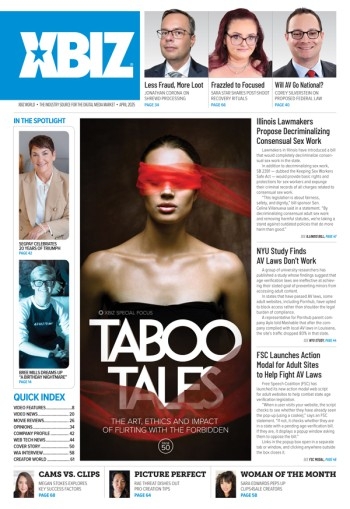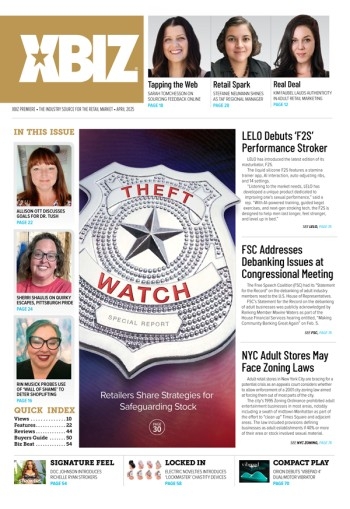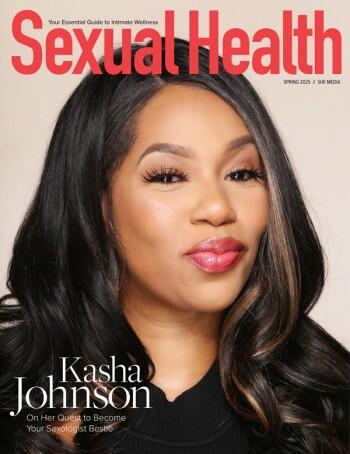Once upon a time, fetish wear was strictly confined to kink communities and subcultures. However, it has now made its way onto the catwalk and even mainstream Instagram and TikTok. This visibility of fetish clothing raises important questions about respect for its origins and the cultural significance of fetish wear.
The influence of fetish wear on mainstream fashion is not a new or shocking revelation. In 1974, Vivienne Westwood and Malcolm McLaren opened a shop selling sex and bondage wear; since then, fetish wear has made its way to Fashion Week and high-end events across the globe. Even Kim Kardashian has been seen in latex gowns and gimp masks. It’s a topic that comes to the fore periodically, and always sparks debate about cultural sensitivity and the fine line between appreciation and appropriation.
Like all trends, the popularity of fetish wear, such as chokers and harnesses, will ebb and flow.
In particular, it raises important questions about hypocrisy. For example, earlier this year, luxury fashion house Balenciaga introduced a campaign featuring images of children holding teddy bears, with the teddy bears dressed in fetish gear. Following huge backlash from both the fetish community and the fashion industry, the brand quickly removed those images and issued an apology.
The inclusion of fetish gear in an ad with children was clearly inappropriate, but the response also highlighted a pervasive issue within popular culture and fashion: Controversies like this reinforce the idea that fetish wear is “bad” and outrageous. That may be true in this particular instance — fetish wear being used in ads featuring children — but among consenting adults, fetish wear should not be a target for condemnation and marginalization.
This issue is even more concerning because fetish gear also constitutes a “uniform” for many sex workers who provide fetish services, and who face discrimination and stigmatization on a daily basis because of their jobs. On a regular basis, sex workers are discriminated against, undermined, assaulted and even murdered, yet our work uniform is paraded at the Met Gala as a gimmick. Why is fetish gear applauded on the red carpet, yet frowned upon when worn by sex workers — or simply by people for whom it represents more than a costume?
Like all trends, the popularity of fetish wear, such as chokers and harnesses, will ebb and flow. However, discrimination against sex workers and their clothing will unfortunately remain. Femdom artist and dominatrix Mistress Iris summed it up accurately when she said, “The sad reality is that people who inspired this get erased from the public, while people who kind of appropriated it get to keep existing.”
The fetish community is known to be welcoming and inviting, but when fetish wear is produced — often shoddily — for mass consumption, respect for its origins gets lost. This lack of respect, paired with the stigmatization that already exists, further marginalizes the communities that created and inspired these styles. That is why it is especially frustrating to see celebrities, fashion brands, and civilians don fetish wear without acknowledging its origins.
Those who seek to make fetish wear mainstream need to engage with the communities that originated fetish wear, asking for their consent and input before creating a “trend” or “costume” of their clothing. Collaborations that are respectful, informative and mutually consenting can help bridge the gap between appropriation and appreciation, and will ensure that fetish wear is portrayed with integrity and sensitivity.
If the fashion community is not ready to celebrate sex workers’ and the fetish community’s impact on fashion, then we — as people who must deal with hateful comments and worse — would appreciate it if they would refrain from turning up at the Met Gala in harnesses and full latex.
Countess Diamond is a U.K.-based professional dominatrix. She is an artistic dominant who thrives on psychological control with a goal to improve lives, support her clients and help them embrace their sexualities. Her specialties include mental domination, chastity and financial domination, along with sex workers’ rights, the future of sex work and parenting as a sex worker.








